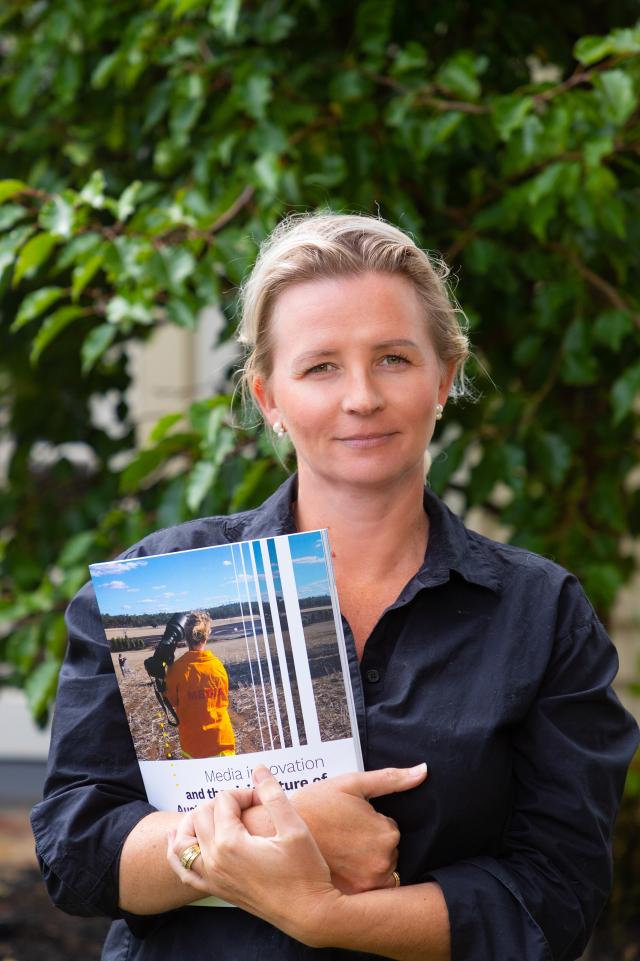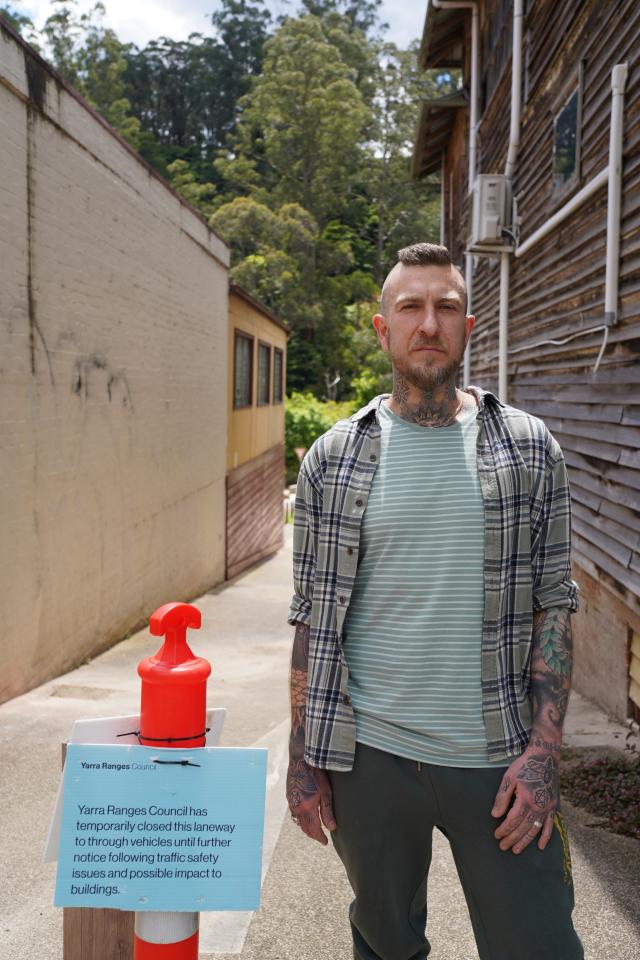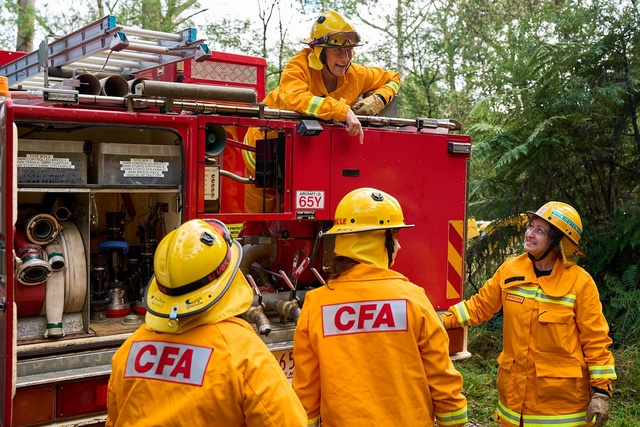Well intentioned but damaging efforts to save an injured wombat in Warburton had no effect as it was put down on Monday 24 March, leaving a wildlife shelter operator upset at the unnecessary pain the wombat endured.
Waratah Wildlife Shelter operator Raewyn Jeganathan heard about the injured wombat wandering around busy roads, looking disorientated and confused, with large infected wounds on its back.
From the photos she saw at the time, Ms Jeganathan suspected the wombat to have sepsis, and said to locals who’d seen the wombat she may have to “put the wombat to sleep” if it was beyond saving.
But instead of notifying her, a couple of community members had attempted to treat the animal with antiseptic – in the end, it only prolonged the wombat’s suffering, as a few weeks later Ms Jeganathan had to make the heart breaking, but humane, decision to euthanise the wombat.
“I went out and had a look and assessed the wombat, and as soon as I got down close to it, I could smell it, the wounds were horribly infected and smelt like something that had been dead for weeks,” she said.
A lack of awareness of how wild animals should be treated leads to people giving well intentioned, but damaging care, as the same care given to domestic animals doesn’t apply to wild animals.
Ms Jeganathan said she wishes some members of the public would place trust in wildlife rescuers rather than “shopping around for advice that’s more palatable” and attempting to save it themselves.
“If your dog had an infection like that, you could take it to the vet and have it on IV antibiotics and manage it, whereas if you try and do that with a wombat, they won’t eat and they’ll die of stress.”
The Prevention of Cruelty to Animals Act 1986 states that people encountering severely injured wildlife must call a registered veterinarian or authorised wildlife rehabilitator, who will administer euthanasia if necessary.
Only authorised animal shelters can provide rehabilitation for wildlife – anyone who attempts to care and take wildlife without the authority to do so, can face fines up to $7,773 and/or 6 months imprisonment.
But people can legally transport injured animals to a wildlife shelter or vet.
Sepsis occurs when the body’s response to infection damages its own organs and requires immediate and intensive medical treatment – antiseptic only kills microorganisms on the surface and simply can’t address the internal organ failure caused by sepsis.
Ms Jeganathan said the natural world is inherently tough so animals need to be operating at their peak to survive.
“You may put an animal through all this treatment and associated stress and suffering, to then release it and find that it can no longer survive and function in the wild like it once could because it’s just not tough anymore.”
Wild animals are biologically programmed to survive and keep themselves alive, even if they’re in complete agony.
Ms Jeganathan said this is what most people can’t comprehend, and so when people saw the wombat still eating and walking, they interpreted it as improving health.
But ultimately, the wombat was acting on its instincts, and Ms Jeganathan said the ethical thing to do is recognise when an animal has a low chance of survival, and then contact wildlife rescuers to assess the situation.
“The whole thing’s really frustrating because we could have done something about this couple a weeks ago,” she said.







